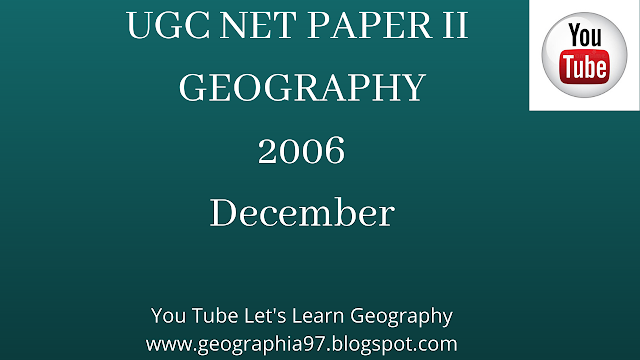44. Imphal is the capital of—
45. Mc Mohan Line is an International boundary
Directions—(Q. 46–50) Read the following
passage carefully and answer the given questions—
Information consists of new facts, data, ideas,
and routine communication. Like people, goods
and services, information flows from place-to-
place, moving from place of production to demand
areas. When we think of demand areas we should
not confuse places of need with places of effective
demand. In the flows of people, movements
among big and vigorous centres are much larger
than migrations among the depopulated back-
waters of depressed areas. In the shipment of
goods, the volume of trade among the developed
countries far exceeds their trade contacts with the
underdeveloped world.
Similarly, information flows primarily among
the vigorous idea centres in a system. Islands of
lethargy are bypassed because they are literally
out of the system. Rich nations trade primarily
with each other. Migrations often occur between
clusters of mankind. Those who send the most
messages get most of the return contacts. A
tendency exists for flows to run from places of
abundance to areas of effective demand according
to the effective pulls exerted at each destination.
As flows continue, a tendency toward equilibrium
conditions seems common. In the physical world
things move through space so that potential can
equalize. Water tries to move under the force of
gravity to the lowest point and if free to move to
sea level it will do so.imilarly, air will move from a high pressure
to a low pressure area. High pressure as a
causative agent cannot move air very far in one
direction. We know this from common experience
when we try to blow air across a room with a fan
or try to blow out a match at a distance. More air
will be moved by putting the fan in one window
blowing outward and opening another window
across the room. Instead of emphasizing push
factors, it makes more sense to think of air being
pulled in a certain direction by a zone of low
pressure, in the same way that water is pulled
from a mountain top. Similarly, in human affairs a
pull exerts a directed force with respect to excess
supply somewhere else. Therefore, to explain why
something moves from A to B it helps to
emphasize the pull at B rather than the push at A.
The push at A often is unspecified directionally,
whereas a pull at B is significant not only for A,
but for any other potential supply source as well.
46. What causes Flow of Information ?
(A) Demand (B) Use
(C) Quality (D) Volume
47. What factors primarily influence exchange of goods among rich Nations ?
(A) Abundance of production
(B) Effective demand
(C) Level of economic development
(D) Generation of information
48. Generation of information depends on—
(A) Nature of ideas
(B) Strength of idea-centres in a system
(C) Duration of ideas
(D) Effectiveness of ideas
49. The flow of information from place of origin to place of destination is mainly due to—
(A) Repulsion at the place of origin
(B) Attraction of the place of destination
(C) Distance between place of origin and place destination
(D) Abundance at the place of origin
50. Which of the following is the most suitable title for the given passage ?
(A) Flow of services
(B) Flow of commodity
(C) Migration of people
(D) Flow of information














0 Comments